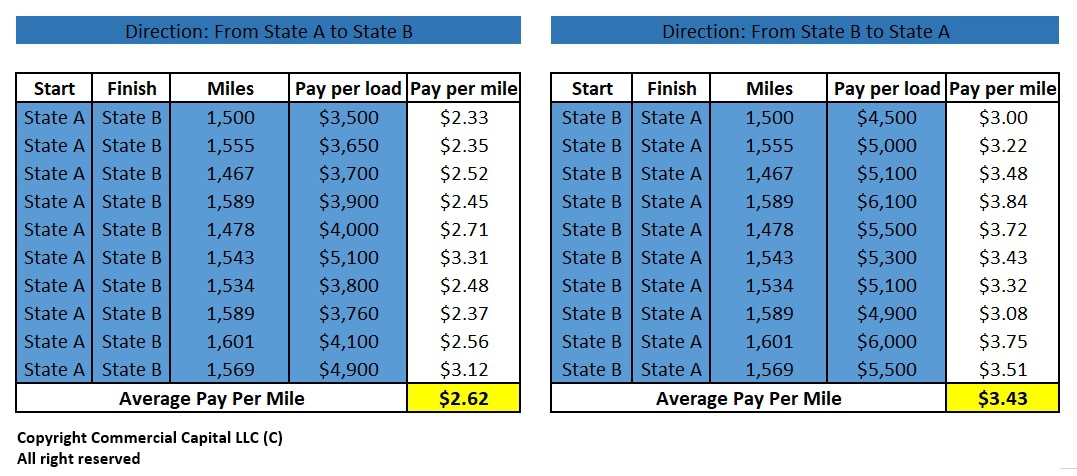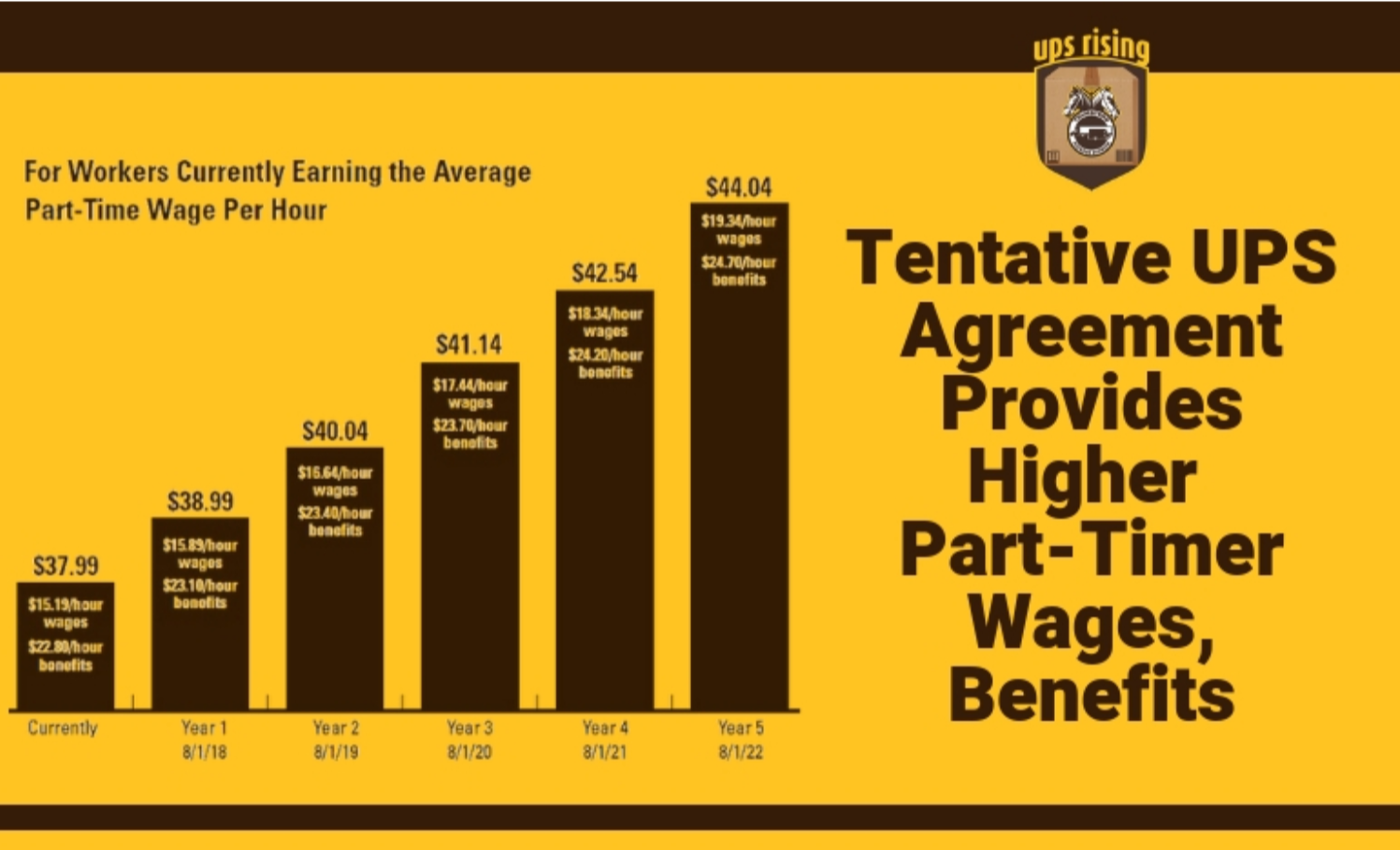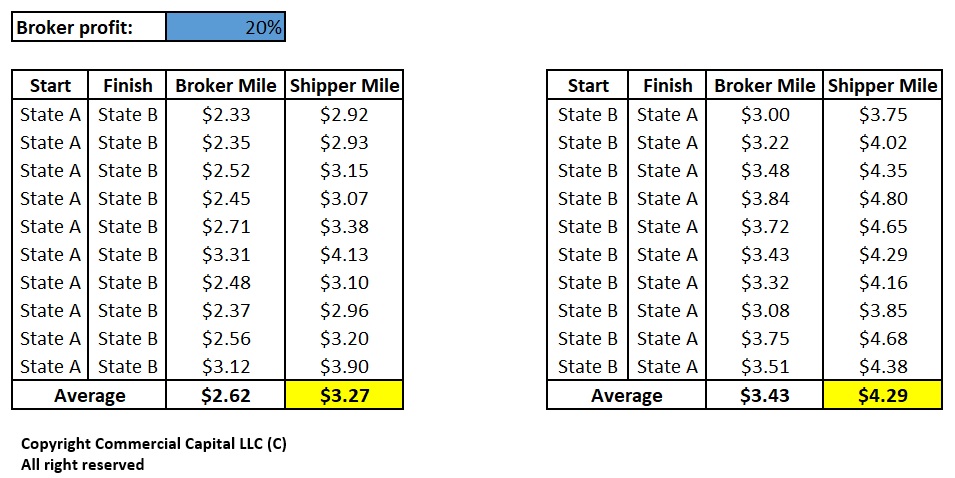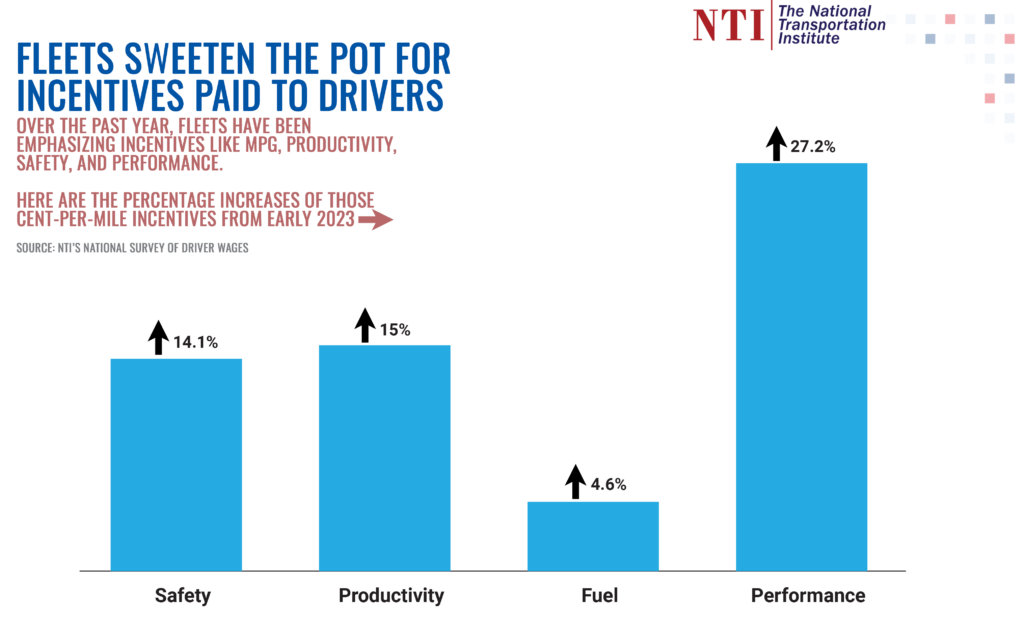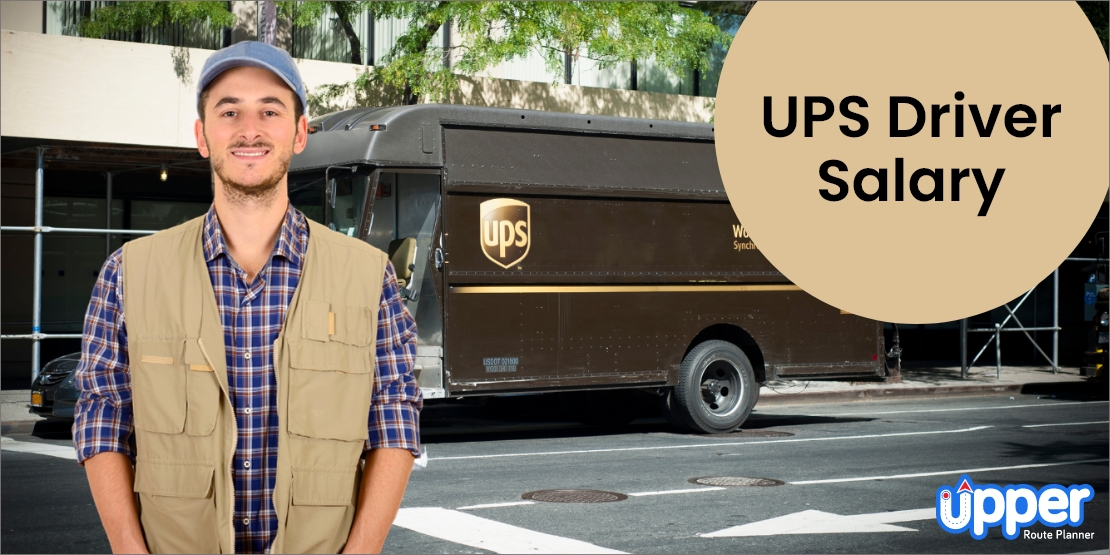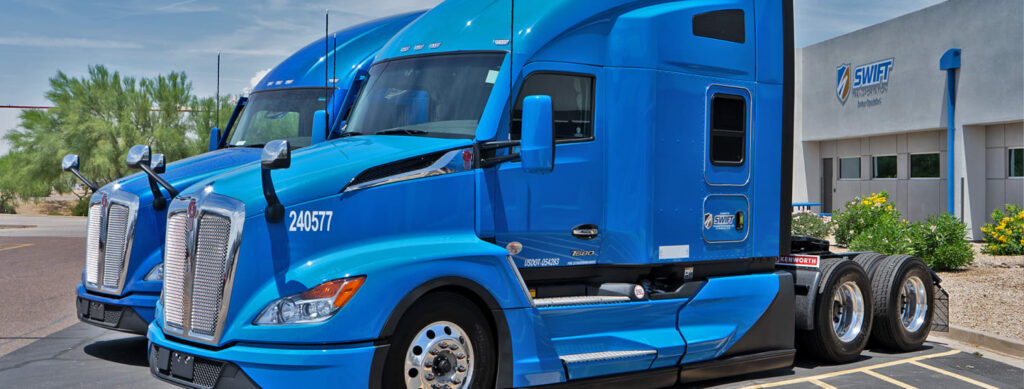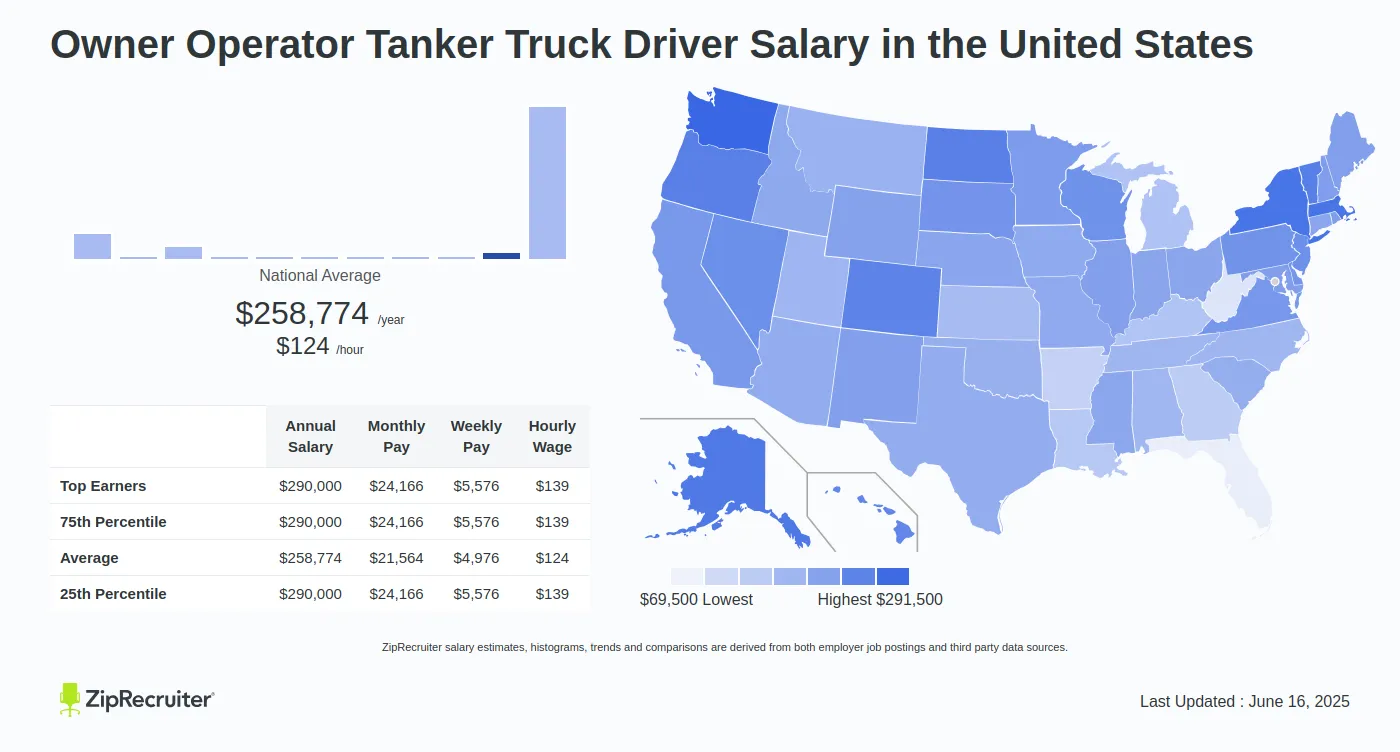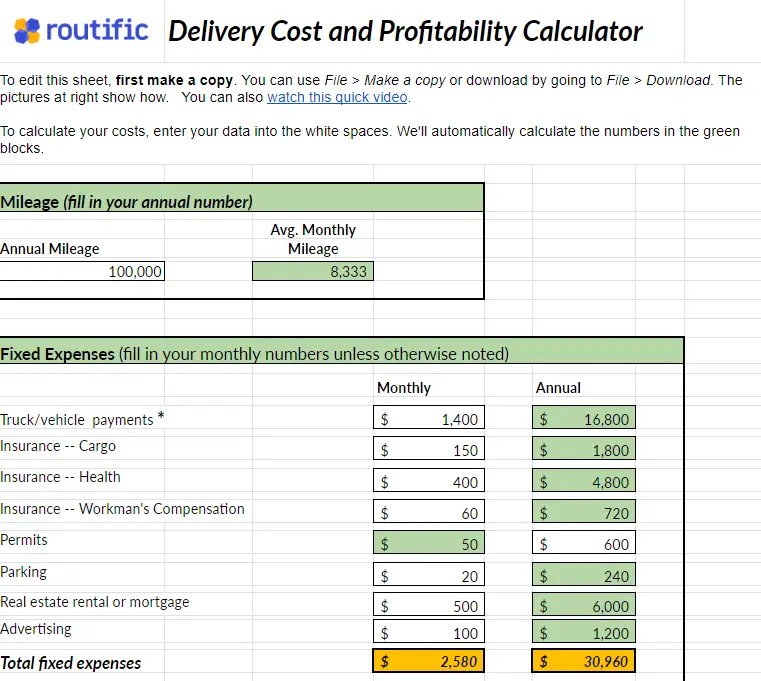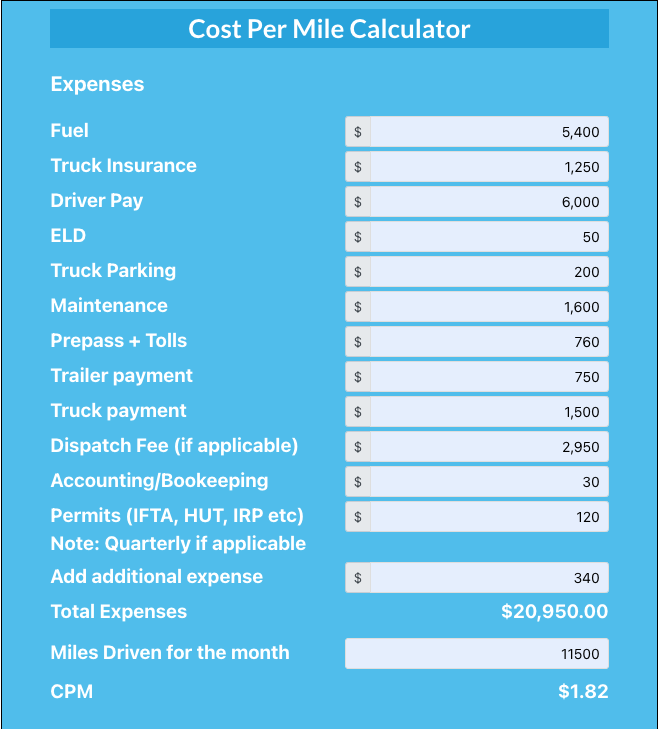How Much Does Ups Pay Owner Operators Per Mile

Owner-operators considering partnering with UPS often focus on a crucial question: How much will I earn per mile? This figure, however, isn't a fixed rate but rather a complex calculation influenced by various factors.
The per-mile rate for UPS owner-operators is a key element of their compensation package. It determines their potential earnings and impacts their decision to contract with the company. Understanding the intricacies of this rate is paramount for anyone contemplating this career path.
Understanding the Compensation Model
Unlike traditional employee drivers, owner-operators are independent contractors who own and operate their own vehicles. Their compensation is primarily based on mileage, but it also incorporates fuel surcharges and other potential reimbursements.
UPS does not publicly disclose a universal per-mile rate for owner-operators. According to industry sources and reports from owner-operator forums, the rate varies depending on several factors, including the type of freight, the route's length and difficulty, and current fuel prices.
Key Factors Influencing Per-Mile Rate
Several elements influence the final per-mile compensation. Route distance is a major factor; longer routes may offer slightly different rates than shorter, local deliveries.
The type of freight being hauled also impacts earnings. Some commodities require specialized handling or are considered high-value, potentially leading to a higher rate per mile. Furthermore, seasonal demand and fluctuations in fuel costs can significantly affect the final payout.
Fuel surcharges are often added to the base per-mile rate. These help offset the fluctuating cost of diesel fuel, which is a significant expense for owner-operators.
Beyond the Base Rate: Additional Considerations
While the per-mile rate is central to compensation, owner-operators must also factor in other costs. Vehicle maintenance, insurance, and other operational expenses fall squarely on the contractor.
Therefore, a seemingly high per-mile rate might not translate to substantial profit if operating costs are excessively high. Careful financial planning and diligent expense tracking are essential for success.
Many owner-operators discuss their experiences on online forums and industry publications. These anecdotal reports can provide valuable insights into typical earnings and expenses, but they should be viewed cautiously, as individual situations vary widely.
Impact and Significance
The compensation structure for UPS owner-operators has a wide-reaching impact. It influences the availability of drivers to transport goods, directly affecting the efficiency of the supply chain.
If per-mile rates are perceived as too low or unpredictable, it could lead to a shortage of owner-operators. This could result in delays and increased shipping costs for consumers. Conversely, competitive rates attract experienced drivers and contribute to a more reliable and efficient delivery network.
The financial stability of owner-operators is also at stake. A fair and transparent compensation model that adequately covers their expenses is critical for their long-term success.
Conclusion
Determining the precise per-mile rate for UPS owner-operators requires a nuanced understanding of various factors. While a fixed number is elusive, considering mileage, freight type, fuel surcharges, and personal operating costs is essential.
Prospective owner-operators should conduct thorough research, analyze potential routes, and carefully estimate expenses before making any commitments. Consulting with current UPS owner-operators and seeking advice from financial advisors can also provide valuable guidance in navigating this complex landscape.
